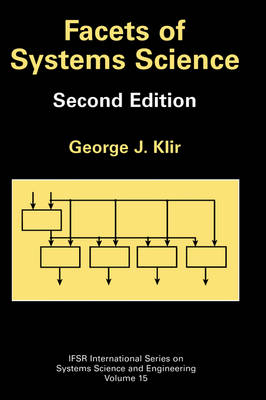IFSR International Series in Systems Science and Systems Engineering
2 primary works
Book 7
Book 25
Generalized Measure Theory examines the relatively new mathematical area of generalized measure theory. The exposition unfolds systematically, beginning with preliminaries and new concepts, followed by a detailed treatment of important new results regarding various types of nonadditive measures and the associated integration theory. The latter involves several types of integrals: Sugeno integrals, Choquet integrals, pan-integrals, and lower and upper integrals. All of the topics are motivated by numerous examples, culminating in a final chapter on applications of generalized measure theory.
Some key features of the book include: many exercises at the end of each chapter along with relevant historical and bibliographical notes, an extensive bibliography, and name and subject indices. The work is suitable for a classroom setting at the graduate level in courses or seminars in applied mathematics, computer science, engineering, and some areas of science. A sound background in mathematical analysis is required. Since the book contains many original results by the authors, it will also appeal to researchers working in the emerging area of generalized measure theory.

